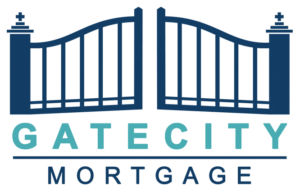Understanding Fixed-Rate Mortgages
The traditional fixed-rate mortgage is the most common type of loan program. With the fixed-rate mortgage, your monthly principal and interest payments remain constant throughout the life of the loan.
Loan Terms for Fixed-Rate Mortgages
Fixed-rate mortgages come in various terms, typically ranging from 10 to 30 years. These loans can usually be paid off early without any prepayment penalties. The mortgage is structured, or “amortized,” to ensure it is fully paid off by the end of the loan term.
Monthly Payment Stability
While the principal and interest payments stay the same, your monthly payment can vary if you have an “impound account.” In addition to principal, interest, and any mortgage insurance premium (required for those who put down less than 20%), some lenders collect extra money each month for property taxes and homeowners insurance. This money goes into an impound account, and the lender uses it to pay these bills when they are due. If property taxes or insurance premiums change, your monthly payment will adjust accordingly. Despite these adjustments, fixed-rate mortgages offer overall payment stability and predictability.

